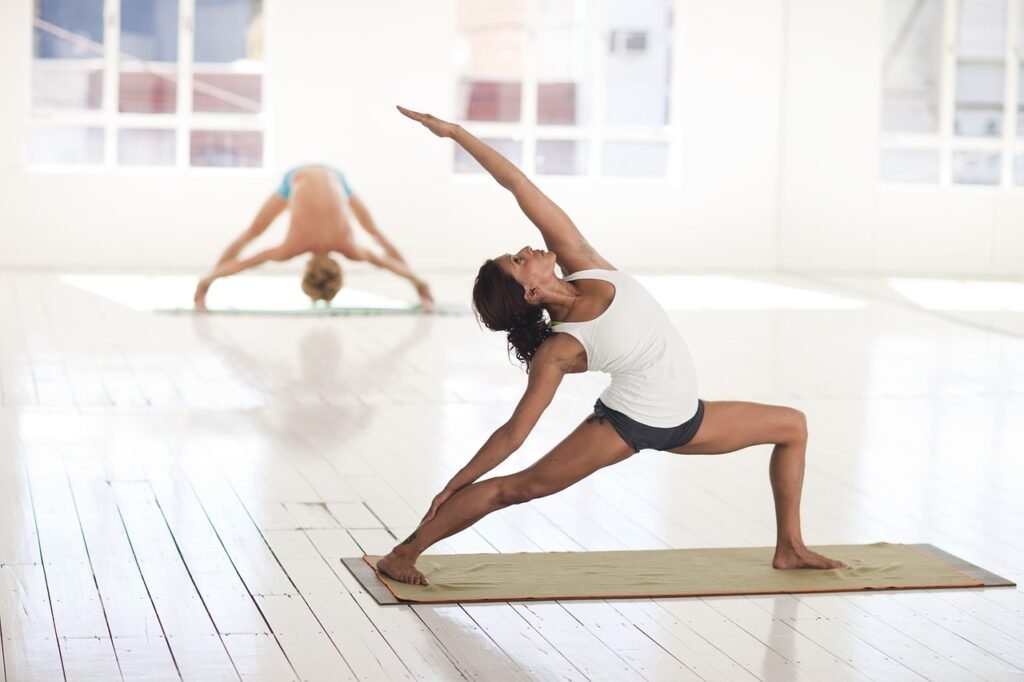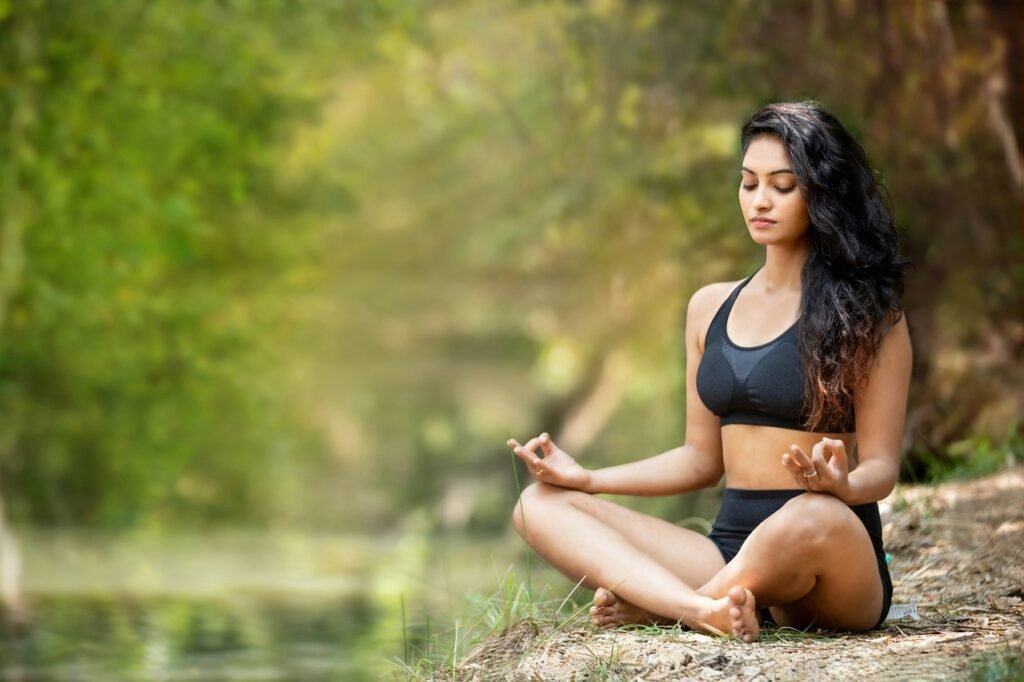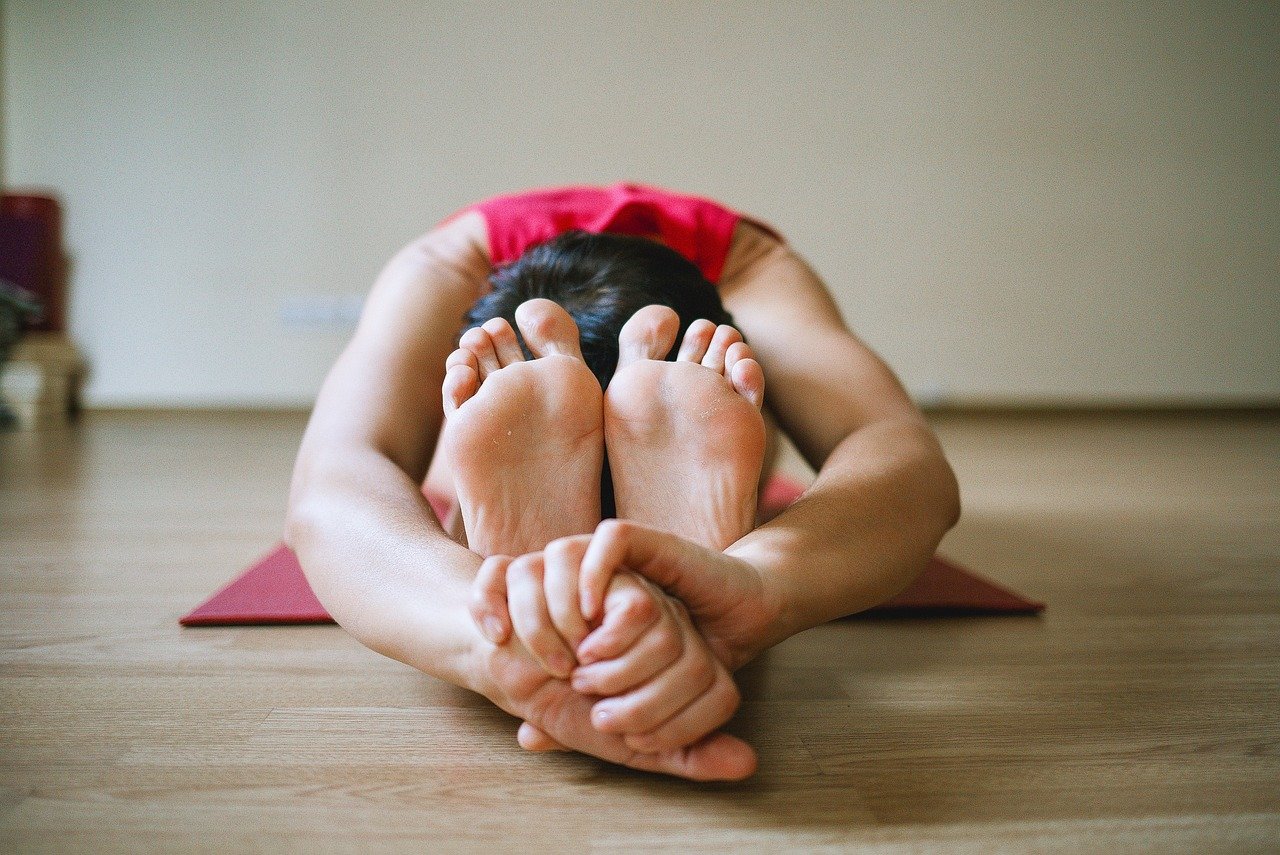What do you think when you hear the word “yoga”? Does it call to mind images of serene individuals effortlessly transitioning between complex poses or perhaps a space filled with calming scents and soothing sounds? Yoga can indeed feel like a very inviting practice, but it’s important to remember that every expert was once a beginner. If you’re just starting out, there are some essential tips that can help make your initial steps into the world of yoga more enjoyable and fulfilling.
Understanding Yoga
Yoga is more than just a series of poses; it’s a holistic practice that encompasses physical, mental, and spiritual well-being. You might find that engaging with this ancient tradition can provide you with greater flexibility, strength, and inner balance. To warmly integrate yoga into your life, keep these foundational elements in mind:
What Yoga Offers
-
Physical Benefits: Practicing yoga can enhance your flexibility, improve strength, and balance your body. Whether you’re sitting at a desk all day or constantly on the move, the right yoga poses can help alleviate tension and improve your posture.
-
Mental Clarity: Yoga can be a wonderful stress reliever. The meditative aspects of yoga encourage you to focus on your breath and the present moment, which can help calm your mind and reduce anxiety.
-
Spiritual Growth: If you’re open to it, yoga can foster a sense of connection with yourself and your surroundings. Many practitioners find that it leads to greater awareness and self-acceptance.
As you begin your yoga journey, remember that it’s okay to approach it with curiosity rather than the pressure to master every aspect immediately.
Choosing the Right Style for You
With so many different styles of yoga available, selecting the right one for your needs is essential. Here’s a quick breakdown:
Common Yoga Styles
| Yoga Style | Description | Best For |
|---|---|---|
| Hatha Yoga | A gentle introduction with basic postures | Beginners |
| Vinyasa Yoga | A dynamic flow linking breath with movement | Those who enjoy a workout |
| Ashtanga Yoga | A rigorous series of poses in a specific order | Physically fit practitioners |
| Iyengar Yoga | Emphasizes precision and alignment | Individuals needing modifications |
| Restorative Yoga | Gentle stretches and relaxation poses | Anyone looking to unwind |
Understanding the different styles will empower you to choose the one that resonates with you the most. Trying out a few different classes can be a great way to discover which style suits your personality and physical capabilities.

Setting Up Your Practice Space
Creating a comfortable and inviting yoga space at home can enhance your experience.
How to Create Your Space
-
Choose a Quiet Area: Look for a space in your home where you can practice without interruptions. A serene environment contributes to a more calming experience.
-
Use the Right Materials: A good yoga mat is a must-have. It provides the necessary grip and cushioning. You might also want have a blanket, blocks, and straps handy.
-
Add Personal Touches: Consider adding items that inspire you—a plant, candle, or soothing artwork can help set a peaceful atmosphere.
Having your space ready can motivate you to practice regularly, making yoga a natural part of your routine.
Finding a Class or Online Resource
You may feel more comfortable starting your journey in a group setting or through online resources.
Options to Consider
-
Local Studios: Search for beginner classes at nearby yoga studios. This provides an opportunity to learn directly from an instructor.
-
Online Platforms: There are numerous apps and websites offering video tutorials and virtual classes. This is a flexible option that allows you to practice on your schedule.
-
Community Classes: Many colleges and community centers offer affordable class options, which can be a great way to get started without making a large investment.
Finding a format that you appreciate will help sustain your practice and motivate you to keep advancing.

Listening to Your Body
This guidance cannot be overstated: always listen to your body. Yoga is meant to honor your unique needs, not to push you into discomfort or pain.
Recognizing Your Limits
-
Gentleness is Key: Embrace the idea of practicing with gentleness. You don’t have to perform every pose perfectly or achieve a particular depth on your first try.
-
Modify as Needed: Always feel free to modify poses with blocks, bolsters, or other props to make them more accessible and comfortable.
-
Know When to Stop: If something doesn’t feel right, it’s perfectly acceptable to ease out of a pose or come into a restorative position, like Child’s Pose, to catch your breath.
Your progress will be dictated by your body’s needs, so honor where you are on that day.
Connecting with Your Breath
The connection between breath and movement is one of the cornerstones of yoga practice.
Techniques for Breath Awareness
-
Ujjayi Breath: This Ocean Breath technique involves inhaling and exhaling through the nose while slightly constricting the back of the throat. This creates a soothing sound and promotes focus.
-
Diaphragmatic Breathing: Inhale deeply, allowing your belly to rise and expand. Exhale slowly, letting your belly fall. This technique encourages relaxation and deeper breath work.
-
Counting Your Breath: Counting your inhalations and exhalations can help guide your focus and maintain a steady rhythm.
Establishing a breath-focused practice can deepen your overall experience and help manage stress levels.

Building a Routine
Creating a consistent yoga practice at home will help you get the most benefit from your sessions.
Tips for a Sustainable Routine
-
Set Aside Time: Determine a specific time of day that works best for you to practice. Consistency breeds habit, which can make it easier to stay committed.
-
Start Small: If you’re short on time, even a few minutes of practice can be beneficial. Gradually increase the duration as you grow more comfortable.
-
Mix It Up: To prevent boredom, try different styles and sequences. This not only keeps your practice engaging but also challenges your body in various ways.
Building these habits will help yoga become a positive and cherished part of your daily life.
Developing Patience and Acceptance
As you start your mat journey, remember that yoga is not about immediate perfection.
Embracing the Learning Process
-
Allow Time for Growth: It’s perfectly normal to feel a bit clumsy or unsure at first. The practice will become more fluid as you gain experience.
-
Celebrate Small Victories: Take note of incremental progress, whether it’s holding a pose longer or feeling more relaxed after a session. These small wins accumulate over time.
-
Honor Your Journey: Each person’s yoga journey is unique; comparing yourself to others will only create unnecessary stress. Focus on your growth and what yoga brings to your life.
With patience and acceptance, yoga can become a delightful exploration that enhances your well-being.
Finding Community
Engaging with others in your practice can provide support, encouragement, and camaraderie.
How to Connect with Others
-
Join Classes Regularly: By attending classes consistently, you’ll begin to recognize familiar faces and might make new friends with similar interests.
-
Attend Workshops: Workshops focused on specific themes can deepen your understanding and are often attended by individuals looking to connect with the community.
-
Participate in Online Communities: Social media and yoga-focused platforms often host forums for practitioners to share their experiences, tips, and encouragement.
Finding a supportive community will help enrich your practice and inspire your growth.
Staying Mindful
Mindfulness is an essential component of yoga. It invites you to be present in both your mind and body, calming your thoughts and enabling deeper movement.
Techniques to Enhance Mindfulness
-
Body Scan: Before you begin your practice, do a quick body scan from head to toe, noticing any areas of tension and gently inviting them to relax as you breathe.
-
Focus on Each Pose: Rather than rushing through poses, take a moment to be present with each transition. Notice how your body feels as you engage different muscles.
-
Reflect After Practice: At the end of your session, take a few minutes to sit in stillness. Consider journaling your thoughts or feelings about the practice or simply enjoy the quiet.
Finding mindfulness in your practice leads to profound benefits, allowing you to carry that awareness into your daily life.
Incorporating Meditation
While yoga itself offers meditative qualities, integrating dedicated meditation sessions can further enhance your mental clarity and relaxation.
Easy Meditation Techniques
-
Guided Meditation: Follow along with pre-recorded sessions available online or through apps. This can help you stay on track as you establish your practice.
-
Breath-Focused Meditation: Sit comfortably and concentrate on your breath, observing the inhalations and exhalations. If distractions arise, gently guide your focus back to your breath.
-
Walking Meditation: Practice mindfulness in movement by taking slow, intentional steps focus on the sensations in your feet, legs, and the rhythm of your breath.
By incorporating these meditation practices, you can achieve a holistic approach to your yoga journey, nurturing both mind and body.
Reviewing Your Progress
Taking the time to assess your journey can help solidify your understanding and achievements.
Questions to Reflect On
-
What have I learned about my body? Consider the ways in which your flexibility, strength, and balance have evolved throughout your practice.
-
How has my mindset changed? Have you noticed a decrease in anxiety or an improvement in the way you handle stress-filled situations?
-
What do I enjoy most about yoga? Identifying the elements that resonate with you can inspire continued practice and dedication.
Reflection on your progress not only reinforces positive changes but also aids in setting new goals.
Remaining Open to Change
Your yoga practice may evolve, and that’s completely acceptable.
Embracing Change
-
Adapt Your Practice: As life changes, so too may your ability to dedicate time to yoga. Allow for fluctuations and modify your practice as needed.
-
Try New Styles: As you grow, you might discover new styles or classes that align more closely with where you are in life. Stay curious about what yoga has to offer.
-
Accept the Learning Curve: Yoga is a lifelong journey, and there will always be something new to learn. Embrace this aspect of your practice—after all, it’s part of the joy.
Embracing change fosters growth and allows you to enjoy every step of your yoga journey.
Conclusion
Embarking on your yoga practice may feel daunting at first but keeping these essential tips in mind can lead to a rewarding experience. Embrace the process with kindness, patience, and openness. You’re not alone—many others are on similar paths, and each step you take moves you closer to greater awareness and embodiment.
By blending movement, breath, and mindfulness, yoga has the power to reshape not just your physical self but your mental and emotional well-being as well. Give yourself permission to enjoy the journey and honor your path as a unique and beautiful expression of self-discovery.




